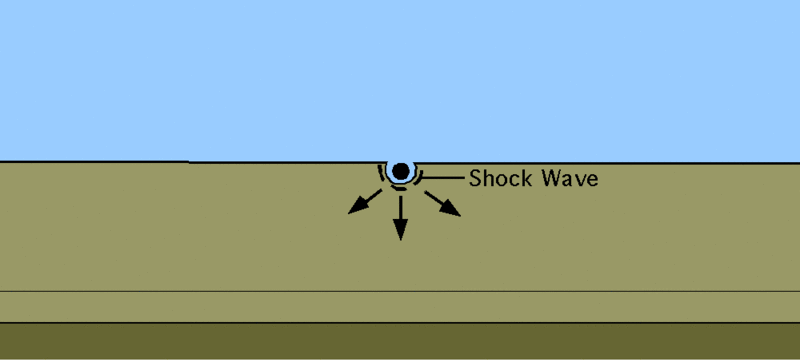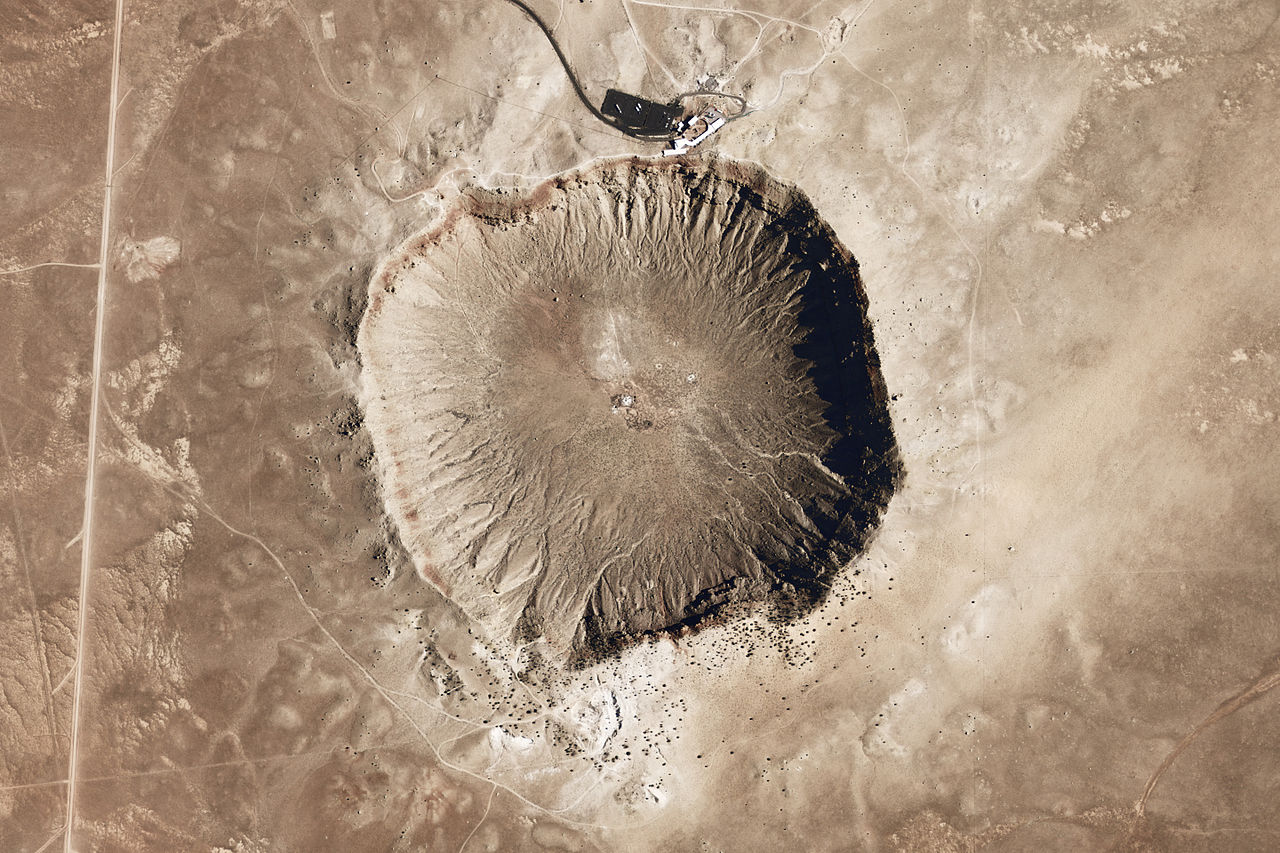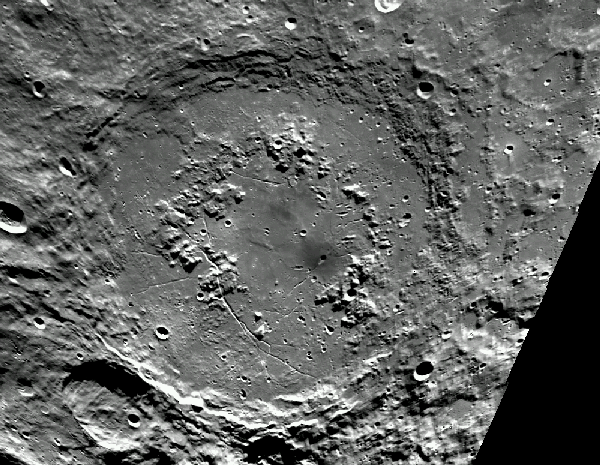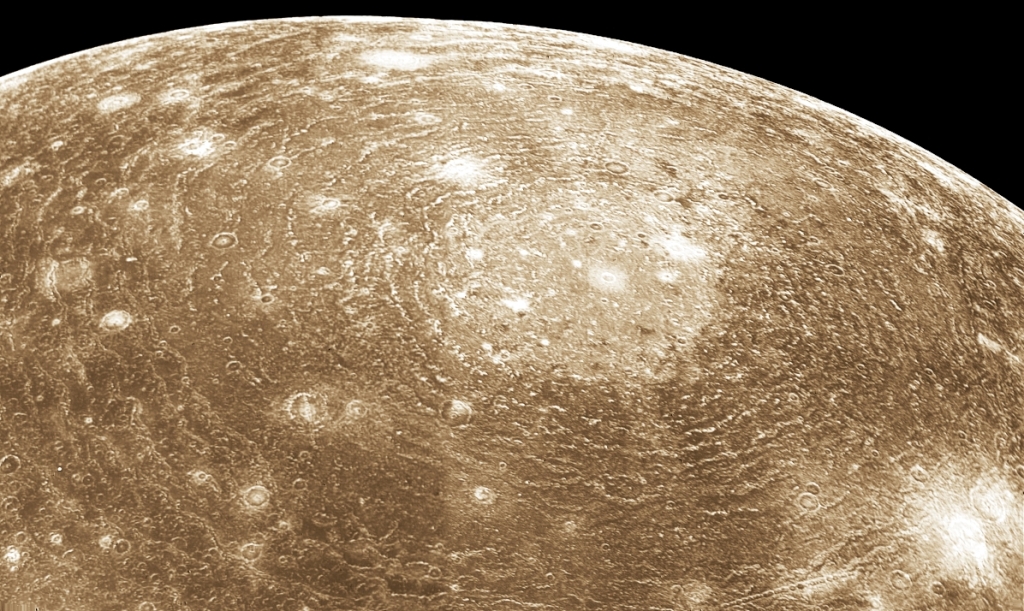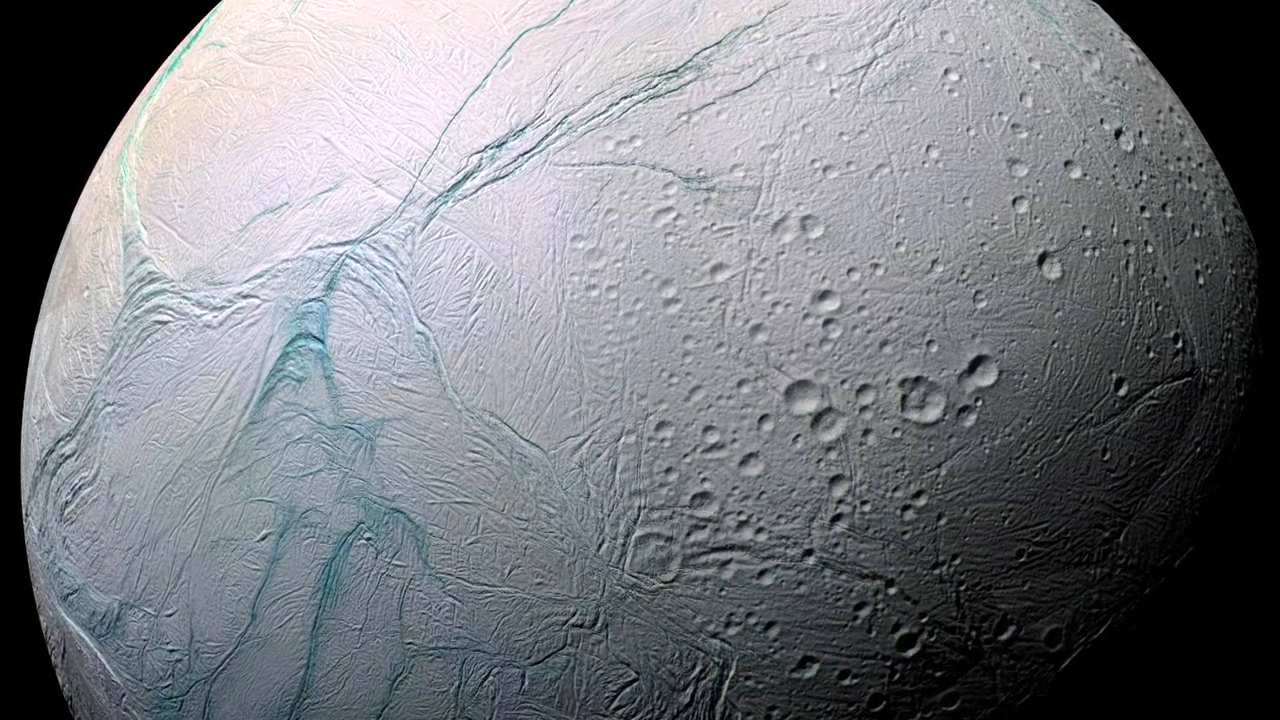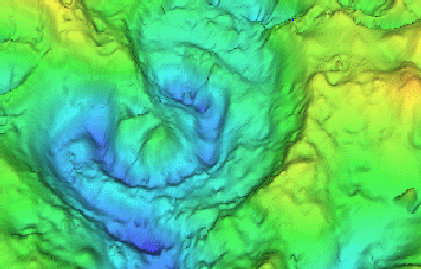Impact Craters | What They Are And What Forms Them
Scars Of Epic Impacts!
Craters formed by high-speed impacts are the dominant surface feature throughout the solar system, especially on the surface of minor planets, planets and moons which lack other geological processes. Impact craters are typically round with a raised rim and take the form of a simple or complex crater, depending on the size of the impact. The Meteor Crater is the best example of an impact crater on Earth.
Learn About Impact Crater Formation!
Meteor impact craters are geological structures formed by high-speed impacts of space debris such as meteoroids, asteroids, comets or event dwarf planets and are the most dominant surface feature throughout the solar system. However, our understanding of impacts is relatively new since planetary exploration missions sent back images of planets, moons and asteroids almost always covered with impact craters! Only when planets or moons were identified to have had active resurfacing processes, or did at some point in the past, do we see an absence or reduction of impact craters.
Scientists have discovered, from the age of these craters, that the rate of cratering was much higher during the early years of the solar system’s formation – a period known as the ‘Heavy Bombardment’. This helps planetary geologist and astronomers to estimate the age of a moon or planet’s surface based on the impact crater density.
Despite Earth’s celestial neighbours – the Moon, Mercury and near-Earth asteroids – being covered by impact craters (the Moon alone is estimated to have over 1 million craters of over 1 km (0.6 miles) in diameter!) Earth has less than 200 confirmed impact craters due to our atmosphere, oceans and active surface geology which constantly erases them. However, the Meteor Crater and the infamous Chicxulub crater (which resulted in a mass extinction) are proof that Earth can and does occasionally get struck.
Earth will get hit again in the future as impact craters are still being formed around the Solar System as was observed recently on the Moon, Mars and when comet Shoemaker-Levy 9 hit Jupiter in 1994. The following average estimates of Earth being hit by variously sized meteoroids are;
- Every 5,000 years we are hit with an object 100m in diameter which would cause considerable regional damage
- One to three times every million years an object large enough create a 20 km wide impact crater which would have global implications
- And an impact crater like the Chicxulub crater which caused the Cretaceous-Tertiary extinction, may continue to occur every 50 to 100 million years
These are just averages as it’s currently impossible to predict a future collision precisely until we have discovered and calculated the orbits of all near-Earth asteroids large enough to hit Earth. If we did, we could predict an impact and either prevent them or prepare for it.
How Impact Crater Form
When large meteorites fall to Earth they preserve their extremely high cosmic speed to the point of impact (smaller objects are burnt up or are slowed by Earth’s atmosphere). These speeds can be between 11 - 72 km/s with an average of 20 km/s (72,000 km/h) which means when they impact the surface they release a tremendous amount of energy! Boom!
These high-speed impacts instantaneously melt and vaporize both the meteorite and surface material while producing shock waves which decimate the surrounding area and rapidly compresses the ground. The ground then rapidly depressurizes and explodes with unimaginable violence displacing and ejecting material to form the nearly always circular impact crater (except when the angle of impact is low).
A lot of the time the initial crater isn’t stable due to gravity and the surface material strengths (such as rock or ice). On Earth, craters of less than ~4 km diameter, except for some slight collapse, the structure remains a bowl-shape and is referred to as a simple crater.
When there is an extensive subsequent modification of the initial impact crater, by rebound etc, the resulting structure is called a complex crater. Complex impact craters develop uplifted centres, broad flat shallow crater floors, and terraced walls. These large impact craters on rocky bodies fall into the following three structural groups with increasing size;
- Central peak craters are the smallest complex craters and have a central peak in the craters centre.
- Peak-ring craters are intermediate-sized impact craters which have a ring of peaks within the crater.
- The largest complex impact craters are called multi-ringed basins and contain multiple concentric rings within the crater and maybe thousands of kilometres in diameter.
Large impact crater structure depends partly on the surface environment. Icy moons display slightly different structures, such as the large concentric rings observed around the enormous Valhalla crater on Callisto. Click here to see some of the Coolest and Weird impact craters from around the Solar System.
